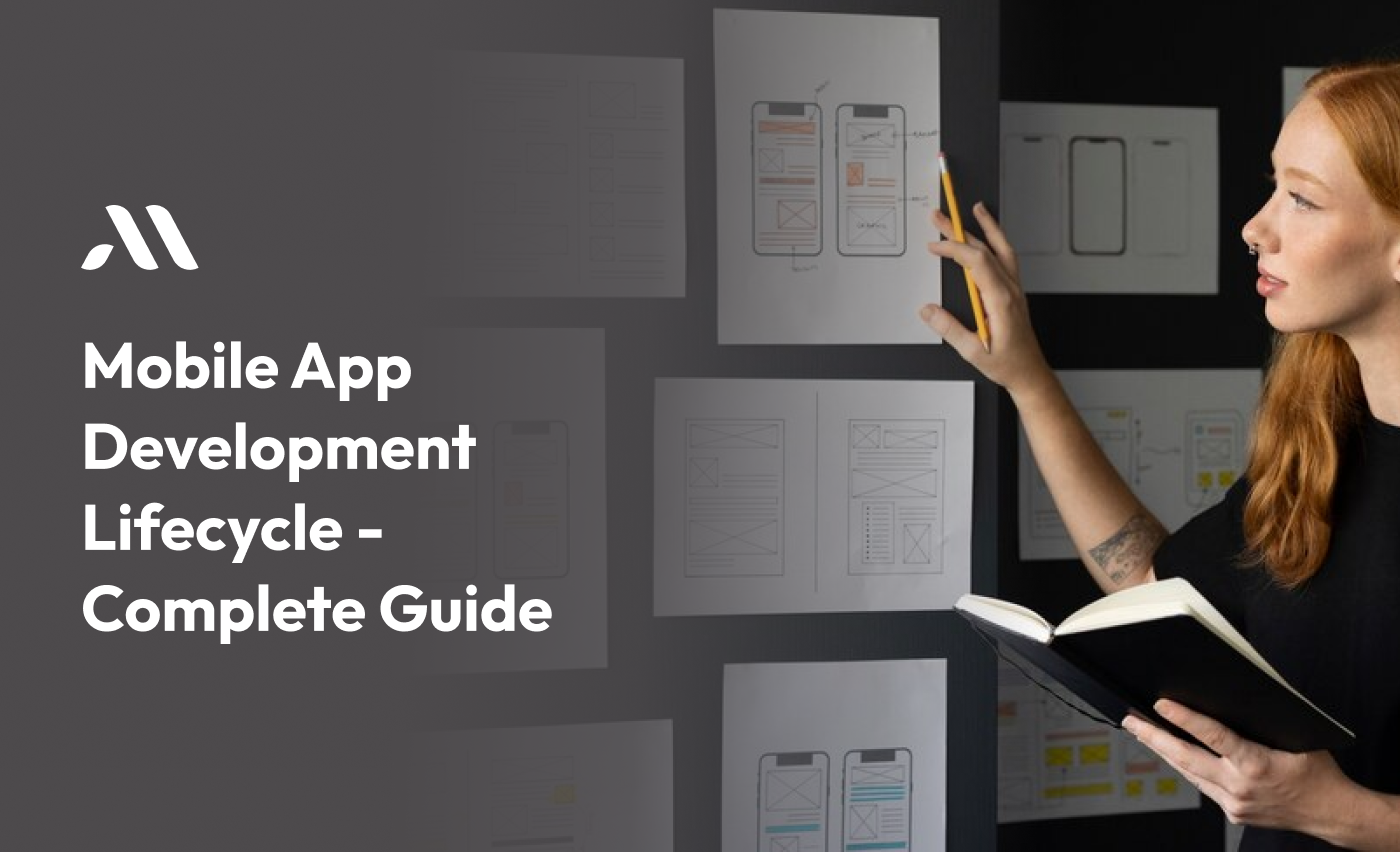Developing a mobile app is like building a house. It takes planning, time, and the right tools to get it done. In this blog, we’ll walk through the Mobile App Development Lifecycle. By the end, you’ll have a clear understanding of how apps are made, from start to finish, and why it’s important to choose the right App Development Company.
What Is the Mobile App Development Lifecycle?
The Mobile App Development Lifecycle is a process that developers follow to create an app. Just like a school project, it has different steps that help make sure everything goes smoothly. These steps ensure the app works well and meets the needs of its users. Each stage is important for a successful project, especially if you are considering Custom App Development to make something unique for your business.
1. Planning and Research
The first step in the Mobile App Development Lifecycle is planning and research. Think of this as making a map for your journey. Before you start, you need to know where you're going.
Tip: Always start by identifying the purpose of your app. What problem does it solve for your users?
A good plan can save you a lot of time and money. According to a study by PMI, projects with solid planning are 30% more likely to succeed. That’s why this stage is important.
2. Design
Once the plan is ready, the next step is to create the design. The design is like drawing a picture of your app before it’s built. It’s how the app will look and feel for users. You want your app to be easy to use.
Remember: A clean and simple design will keep your users happy. Complicated designs often confuse people, making them stop using the app.
At this stage, your App Development Company will create mockups or wireframes to show how each screen of your app will look.
3. Development
Now comes the building part. Developers will start writing the code that brings your app to life. This is the heart of the Mobile App Development Lifecycle because it’s when the actual product is made. If you are working with a team, they will use programming languages to create the app’s features.
"Development is not just about building; it's about making sure your idea works."
During this step, many companies go for Custom App Development. This means the app is built with specific features that match your business’s needs, rather than using a pre-made template.
4. Testing
Once the app is built, it’s time for testing. Testing helps find and fix any problems before the app is released to the public. This is a critical step in the Mobile App Development Lifecycle.
Testing can be done in two ways:
- Manual testing: A person checks every part of the app.
- Automated testing: Special software checks the app.
Note: Testing should not be rushed. A bug in the app can frustrate users and make them stop using it.
Did you know that 77% of users stop using an app within three days if it has bugs? This statistic shows how important it is to catch and fix problems during this stage.
5. Launch
After testing, your app is ready to go live! The app is uploaded to app stores like Google Play and Apple’s App Store. This is one of the most exciting parts of the Mobile App Development Lifecycle because your app is now available to the world.
However, launching an app isn’t just about hitting the publish button. You need to have a marketing plan to make sure people know about it. Some businesses work with an App Development Company that also provides marketing services.
Remember: A successful launch needs both a great app and a smart marketing strategy.
6. Maintenance and Updates
Even after your app is launched, the work isn’t over. The last step in the Mobile App Development Lifecycle is maintenance and updates. Just like a car needs regular checkups, your app needs updates to stay in top shape.
Tip: Listen to user feedback to improve your app over time. Users may point out areas that need improvement or suggest new features.
According to statistics, 62% of apps fail because they don’t receive proper updates. Regular maintenance can help your app stay relevant and useful.
Also Read - Top App Development Challenges for Startups With Solution
Working with an App Development Company
Building an app can seem like a lot of work, especially if you’re not familiar with coding or design. That’s why many business owners choose to hire an app development company. These companies specialize in custom app development and can help you through each step of the Mobile App Development Lifecycle.
Hiring an App Development Company can save you time and ensure that your app is built the right way. They have experts in design, development, and testing, so you don’t have to worry about handling everything on your own.
Remember: Working with an app development company helps you to focus on your business while professionals take care of your app.
Conclusion
The Mobile App Development Lifecycle is a clear path that helps you build a successful app. From planning and design to development, testing, and launch, each step is important. Whether you choose custom app development or work with an app development company, understanding these stages will help you create an app that meets your business goals.
By following this guide, you can bring your app idea to life and make it something users love. Just remember to focus on the user experience, keep testing, and never stop improving your app.
Ready to turn your app idea into reality? Let MicraSol help you through every step of the Mobile App Development Lifecycle. From design to launch, we make it simple and effective. Contact us today to start building your custom app and take your business to the next level!
FAQS
What is the Mobile App Development Lifecycle?
The Mobile App Development Lifecycle is the step-by-step process used to build a mobile app. It starts with an idea and planning, moves to design and development, and ends with testing, launch, and regular updates.
Why is it important to follow the Mobile App Development Lifecycle?
Following the Mobile App Development Lifecycle helps make sure your app is built the right way. Each step ensures that the app is easy to use, works well, and meets your business goals.
How long does the Mobile App Development Lifecycle take?
The time it takes can vary. Simple apps may take a few months, while more complex apps might take longer. Working with an app development company can help speed up the process.
Do I need an app development company to build my app?
You don't have to use an app development company, but many business owners do. These companies have experts in design, coding, and testing. They can handle the technical work while you focus on your business.
What’s the difference between custom app development and a regular app?
Custom app development means building an app specifically for your business, with features that fit your needs. Regular apps may be simpler and don’t always offer the unique features a custom app can have.








